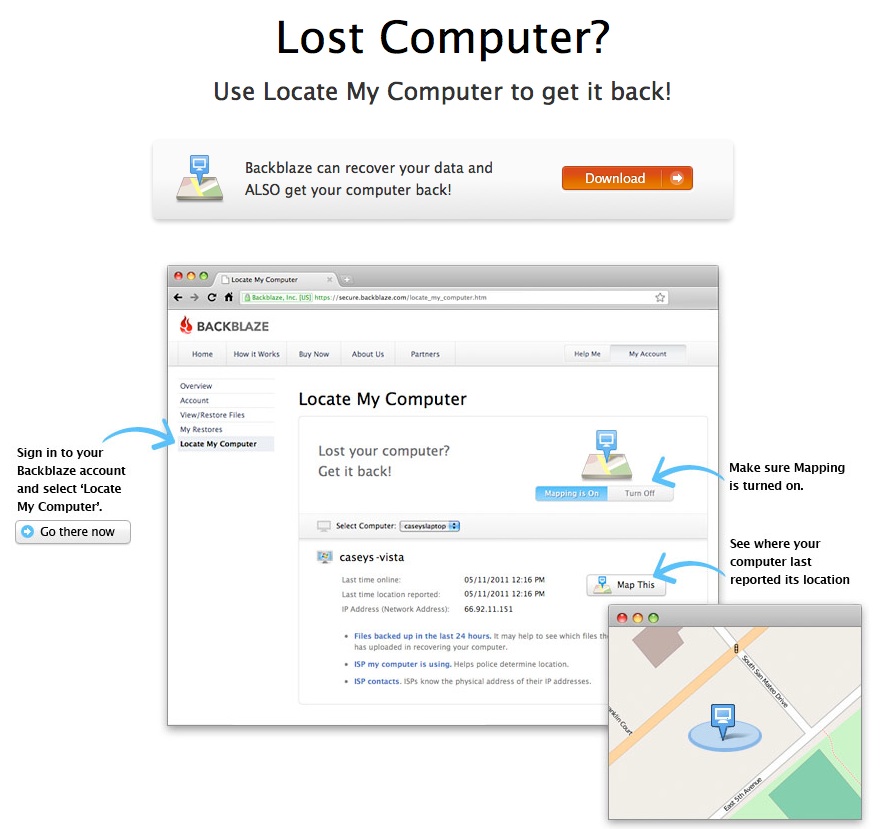Sign up for my FREE parent tips email and get my FREE Ebook on college financing! Or subscribe to my blog via email on the left.

For many high school students, their first big standardized test is the PSAT, which is scheduled for this Saturday across the country. The PSAT is more or less a practice test for the SAT, but with one big distinction; scoring well can get you named as a National Merit Scholar finalist and earn you cash for college. It’s the perfect test to figure out your best strategies for test prep — especially if you’re a sophomore taking it for the first time.
Many students don’t prep for the PSAT like they would for the SAT or ACT. If you’re starting today or just looking to squeeze in a few last minute prep sessions before Saturday’s test, read on for some quick tips and tricks.
Take a Practice Test
The PSAT takes about 2 hours from start to finish. If you’ve never sat for an exam of that length, going through a practice exam can accomplish three things. First, it will give you confidence that you can actually sit for the complete test and get through the entire exam. Second, it will give you a sense of areas you can make quick improvements on. For example, you may discover that you aren’t getting through all of the math questions, or that you’re rusty on some aspects of the geometry but are racing through the algebra. Third and finally, it will get you familiar with the test structure. Remember that the PSAT has the exact same structure on every single test; only the questions change.
Brush Up on What You Don’t Know
Now that you’ve taken a test and identified areas for improvement, drill down on those areas. Don’t waste time reviewing every topic covered on the test since undoubtedly you’re zipping through some questions without an issue. If you’re struggling with Algebra, spend time getting Algebra help and reviewing factoring and quadratics, instead of using your valuable last minute study time reviewing geometry concepts.
Develop a Strategy For Skipping Questions
Figure out when you’re going to skip questions, and when you’re going to guess. According to the College Board (who administers the PSAT), “Students can earn an above-average score by getting only half the questions right and omitting answers for the rest of the questions.” Random guessing won’t help you earn a great score, but if you can narrow your answer choices down to two answers, it’s worth it to guess (you’ll lose ¼ point for every wrong answer). Give yourself a time window for answering tough questions; you won’t benefit from spending 5 minutes on question you inevitably get wrong. If you’re struggling to figure out how to tackle a question in the first 15 seconds and don’t have an inkling of how to solve it, move on; you can always come back later.
Don’t Stress Too Much
Remember that the PSAT is a practice test (except for the National Merit qualification). It won’t determine the rest of your life and stressing out too much won’t help you much anyway. Make sure you eat a healthy dinner the night before, get a good night’s sleep, and then eat a healthy breakfast the morning of. If you can, get some exercise the day before as well (working out can aid in brain function).
The PSAT is the first of many standardized tests — SATs, ACTs, APs, placement tests — that you’ll encounter in your life. And for the most part, this is one of the few exams whose outcome is not all that important. Use this as an opportunity to build up good test-taking strategies that you can apply not only to the PSAT, but to other standardized tests as you come across them in the future.
___________________
Today’s guest blogger, Laura Oppenheimer, works for InstaEDU, the online tutoring company that offers online PSAT test prep and tutoring.










